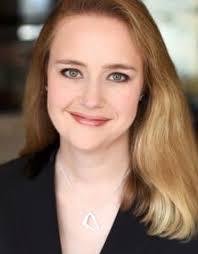BACH BRANDENBURG CONCERTOS 1, 2, & 4
Thursday, June 8, 2023 | 7:30 PM
First Presbyterian Church
2408 N. Navarro St.
Performed without intermission.
JOHANN SEBASTIAN BACH (1685 – 1750)
Concerto No. 1 in F Major, BWV 1046
for two natural horns, three oboes, bassoon, solo violin piccolo, strings and basso continuo
- [no tempo indication]
- Adagio
- Allegro
- Menuetto – Trio I – Polacca – Trio II
JOHANN SEBASTIAN BACH
Concerto No. 4 in G Major, BWV 1049
for solo violin, two recorders, strings and basso continuo
- Allegro
- Andante
- Presto
JOHANN SEBASTIAN BACH
Concerto No. 2 in F Major, BWV 1047
for natural trumpet, recorder, oboe, solo violin, strings and basso continuo
- [no tempo indication]
- Andante
- Allegro assai
Stephen Redfield, violin & leader
Boel Gidholm, violin
Gesa Kordes, violin
Joan Carlson, violin
Bruce Colson, violin
Melissa Brewer, viola
Jann Cosart, viola
Kim Pineda, recorder
Curtis Foster, oboe, recorder
Billy Traylor, oboe
Matthew Hudgens, oboe
Patty Fagan Miller, bassoon
Josh Cohen, trumpet
Patrick Hughes, horn
Sarah Au, horn
Christopher Haritatos, violoncello
Melanie Punter, violone
Keith Womer, harpsichord
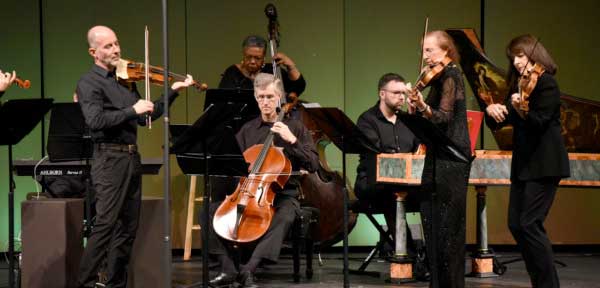
Learn before you listenJoin us at 6:45 p.m. for a pre-concert talk with George Stauffer, Distinguished Professor of Music History at Rutgers University’s Mason Gross School of the Arts. |
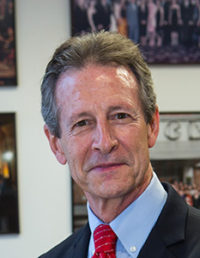 |
Sponsors

This concert is generously supported by our concert sponsors and by donors to the Victoria Bach Festival’s Annual Fund. Many thanks to our generous supporters!
Last year VBF showcased Concertos 3, 5, and 6 from Bach’s Brandenburg concertos. This season, we complete the set, highlighting Concertos 1, 2, and 4. The solo concerto remains prominent in orchestral repertoire, but with a few exceptions (like Mozart’s flute and harp; Beethoven’s triple concerto for violin, cello, and piano; and Brahms’ double for violin and cello) the concerto grosso, like Bach’s Brandenburgs, featuring a small group accompanied by orchestra, found its peak in the 18th century.
Commissioned in 1721 by Christian Ludwig, Margrave of Brandenburg, each of Bach’s six “Brandenburg” concertos has a different small group (concertino) accompanied by small orchestra (ripieno, the same term used for the filling in ravioli). Originally entitled “Six Concerts à plusieurs instruments [Six concertos for several instruments],” the French title was clearly Bach’s attempt to appear continental, but some of the movements do indeed reflect the gracious French style.
The typical concertino throughout the Baroque era consists of two treble instruments, like flutes, violins, oboes, or recorders, and a harmonized bass line called the basso continuo or BC. During the second movement, the concertino is often featured without the ripieno.
Tonight’s three concerti could easily reflect opera-ballets of Jean-Philippe Rameau, a programmatic set of images of a grand estate with grounds for hunting; a post-hunt ball; the massive chateau itself, complete with chapel; and elaborate sculpted gardens like the Tuileries, where nature is under tight control.
The first three movements of Concerto No. 1 contain elements of the hunt. The concertino of 2 horns, 3 oboes, 1 bassoon, and violino piccolo [small violin], is the largest of any of the concertos. The horns are often grouped with woodwinds because of complementary blend and shared history as outdoor instruments. Their triplets against the duple meter of the rest of the ensemble highlight the hunt calls in the first movement. After an adagio that could represent the depth of the woods with bird calls and other sounds of nature, the third movement allegro features a hunt theme in the horns, with the rest of the concertino emulating galloping horses. Then, as if the scent were lost, there is a sudden stop before the raucous action begins once more.
The unusual fourth movement seems to be a suite of its very own, sketching a post-hunt ball. The typical minuet form is a simple ternary (ABA), the two A sections presenting the main minuet melody and the B section, called the “trio,” presenting a contrasting melody. Bach’s elegant A-section occurs four times keeping the horns, outdoor instruments, in the background as rhythm. Two trios (B, D) exhibit French style, in its subtle delicacy, piquant staccato notes (B), with perky Trio 2 (D) bringing back the horns, paired, and 3 oboes in unison. One other trio (C) called ìpolaccaî highlights a pesante Polish dance in triple meter that often accents the second beat. The hunt ball ends as it begins, with the charmng minuet theme.
The outer movements of Concerto No. 2, including its famous trumpet-focused final movement, could well depict the busy world inside the chateau, its mix of loud and soft instruments of the concertino (trumpet, recorder, oboe, violin) reflecting contrasts of activities in different spaces. The andante movement’s elegant yearning motif suggest a sombre chamber of a chapel open to prayers.
Well-loved Concerto No. 4, with its concertino of solo violin and two recorders, stimulates images of the gracious outdoors. The recorders soar in pairs like lovebirds while the violin flits around like a hummingbird on a lovely spring day, occasionally flashing about joyously. The ripieno keeps the heartbeat, a place to land when the birds come home to roost.
Unlike many concerti grossi where the ripieno drops out for the slow movement, leaving only the concertino and BC, the orchestra stays but allows openings into darkened parts of the forest where magically, the concertino peeks through. The finale, a presto, reprises more French galanterie, but with a happy, determined tone, ending our visit to the chateau and its grounds with Johann Sebastian Bach as our tour guide.
–Dr. Yvonne Kendall, © 2023
Program Notes
Last year VBF showcased Concertos 3, 5, and 6 from Bach’s Brandenburg concertos. This season, we complete the set, highlighting Concertos 1, 2, and 4. The solo concerto remains prominent in orchestral repertoire, but with a few exceptions (like Mozart’s flute and harp; Beethoven’s triple concerto for violin, cello, and piano; and Brahms’ double for violin and cello) the concerto grosso, like Bach’s Brandenburgs, featuring a small group accompanied by orchestra, found its peak in the 18th century.
Commissioned in 1721 by Christian Ludwig, Margrave of Brandenburg, each of Bach’s six “Brandenburg” concertos has a different small group (concertino) accompanied by small orchestra (ripieno, the same term used for the filling in ravioli). Originally entitled “Six Concerts à plusieurs instruments [Six concertos for several instruments],” the French title was clearly Bach’s attempt to appear continental, but some of the movements do indeed reflect the gracious French style.
The typical concertino throughout the Baroque era consists of two treble instruments, like flutes, violins, oboes, or recorders, and a harmonized bass line called the basso continuo or BC. During the second movement, the concertino is often featured without the ripieno.
Tonight’s three concerti could easily reflect opera-ballets of Jean-Philippe Rameau, a programmatic set of images of a grand estate with grounds for hunting; a post-hunt ball; the massive chateau itself, complete with chapel; and elaborate sculpted gardens like the Tuileries, where nature is under tight control.
The first three movements of Concerto No. 1 contain elements of the hunt. The concertino of 2 horns, 3 oboes, 1 bassoon, and violino piccolo [small violin], is the largest of any of the concertos. The horns are often grouped with woodwinds because of complementary blend and shared history as outdoor instruments. Their triplets against the duple meter of the rest of the ensemble highlight the hunt calls in the first movement. After an adagio that could represent the depth of the woods with bird calls and other sounds of nature, the third movement allegro features a hunt theme in the horns, with the rest of the concertino emulating galloping horses. Then, as if the scent were lost, there is a sudden stop before the raucous action begins once more.
The unusual fourth movement seems to be a suite of its very own, sketching a post-hunt ball. The typical minuet form is a simple ternary (ABA), the two A sections presenting the main minuet melody and the B section, called the “trio,” presenting a contrasting melody. Bach’s elegant A-section occurs four times keeping the horns, outdoor instruments, in the background as rhythm. Two trios (B, D) exhibit French style, in its subtle delicacy, piquant staccato notes (B), with perky Trio 2 (D) bringing back the horns, paired, and 3 oboes in unison. One other trio (C) called ìpolaccaî highlights a pesante Polish dance in triple meter that often accents the second beat. The hunt ball ends as it begins, with the charmng minuet theme.
The outer movements of Concerto No. 2, including its famous trumpet-focused final movement, could well depict the busy world inside the chateau, its mix of loud and soft instruments of the concertino (trumpet, recorder, oboe, violin) reflecting contrasts of activities in different spaces. The andante movement’s elegant yearning motif suggest a sombre chamber of a chapel open to prayers.
Well-loved Concerto No. 4, with its concertino of solo violin and two recorders, stimulates images of the gracious outdoors. The recorders soar in pairs like lovebirds while the violin flits around like a hummingbird on a lovely spring day, occasionally flashing about joyously. The ripieno keeps the heartbeat, a place to land when the birds come home to roost.
Unlike many concerti grossi where the ripieno drops out for the slow movement, leaving only the concertino and BC, the orchestra stays but allows openings into darkened parts of the forest where magically, the concertino peeks through. The finale, a presto, reprises more French galanterie, but with a happy, determined tone, ending our visit to the chateau and its grounds with Johann Sebastian Bach as our tour guide.
–Dr. Yvonne Kendall, © 2023
About the Artists
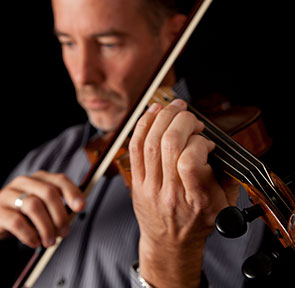
Violinist Stephen Redfield has performed as concertmaster and soloist with the Victoria Bach Festival since 1992. Honored as “Best Instrumentalist of 2018-19” by the Austin Critics Table, he was a student of Dorothy DeLay at the Cincinnati College-Conservatory and Donald Weilerstein at the Eastman School.
He was Professor of Violin at the University of Southern Mississippi until his retirement in June 2022, and is now devoted to his active schedule as a soloist and chamber musician, in the United States and internationally. His connection to Victoria came from his time in Austin, where he received his doctorate and was Assistant Concertmaster of the Austin Symphony, as well as from his long (and continuing) collaboration with Craig Hella Johnson.
Over his 40 years with the Oregon Bach Festival, Stephen has participated in numerous recordings, including the Grammy® Award-winning disc Credo. He is also concertmaster of Santa Fe Pro Musica, the Arizona Bach Festival, the Conspirare Company of Voices and La Follia Austin Baroque.
See our full 2023 artist list for additional biographical information.
About the Speaker
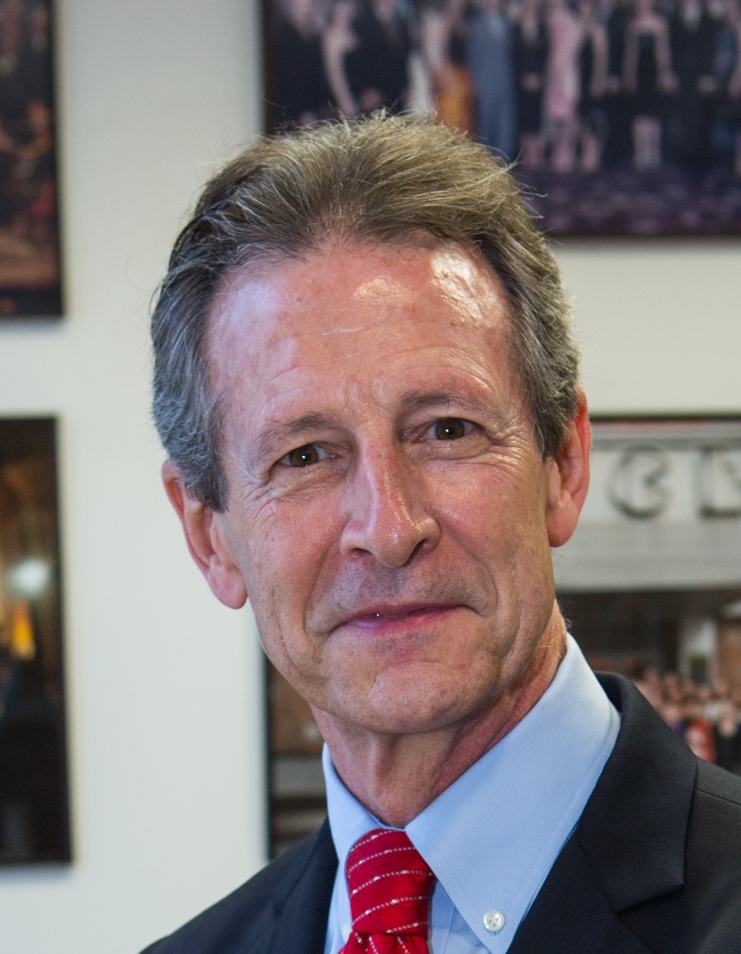
George B. Stauffer is distinguished professor of musicology at Rutgers University, and former dean of the Mason Gross School of the Arts. He is known internationally as a scholar, performer, and writer on the music and culture of the Baroque Era and the life and works of J.S. Bach in particular. Educated at Dartmouth College, Bryn Mawr College, and Columbia University, he has published several widely cited and authoritative books. He has also contributed to The New Grove Dictionary of Music and Musicians, Collier’s Encyclopedia, Early Music, Bach-Jahrbuch, and many other American, European, and Asian publications. As a speaker, he as lectured at Harvard University, Yale University, University of Leipzig, National Sun Yat-sen University, and many other schools. As a performer, Stauffer studied organ with John Weaver and Vernon de Tar (Juilliard School). He served as university organist and chapel music director at Columbia University, where he appeared frequently in concert.
